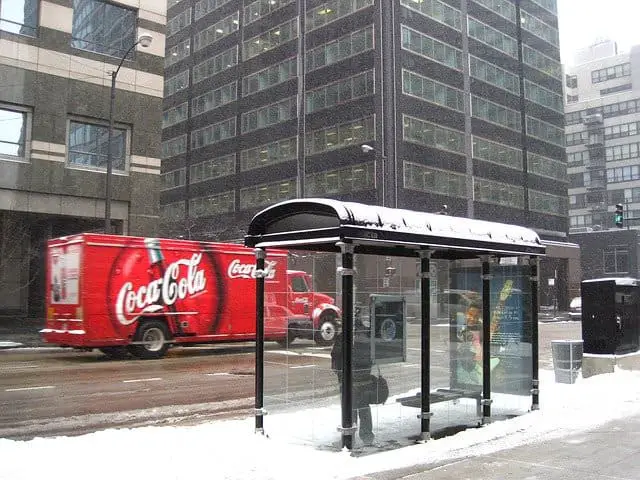Bus Shelters, in terms of a standard dictionaries, such as the Oxford dictionary; whose interpretations are accepted by most of the scholarly circles or the academicians of the world define it as “a roofed structure for people to wait under at a bus stop.”, or according to the very popular dictionary website, Dictionary.com, “a bus shelter is a covered structure at a bus stop providing protection against the weather for people waiting for a bus.”
These definitions, although are widely accepted, by everyone all over the world. But, even then these definitions are very cold and hostile; they almost make you feel that these places are very serious places; these banal definitions; give an impression of a hospital like atmosphere. Moreover they seem to be very old; the technology factor of these shelters have not been involved, and their looks change frequently.

Do not get mentioned to the least in these definitions.To really understand the bus shelters, one has to go through a bit deeper into the subject we can find out so many interesting things about it. In practical sense, a bus just cannot stop anywhere in the designated route until a bus stop with a bus shelter arrives at different intervals of non-stop driving. The buses stop at these places so that people can embark and disembark at their places of choice. Only express buses which go point to point don’t stop at these shelters.
But even these buses take passengers and drop them at these shelters. Hence bus shelters are places where people can access the transport.These shelters are strategically positioned at places where they would cause least bothering to the general heavy traffic on the main road. The number of bus stops would depend on the flow of traffic of that particular route. Bus shelters can mostly be seen in busy bus stops. Or in other words routes which are busy will have more shelters in their bus stops than bus stops of routes that are less used. Such shelters in busy bus stops would have seating facilities and in more techno savvy countries they may also have information boards which work electronically, showing the timings of the busses.
Whereas bus stops in unpopular places or desolate places will just have a signboard only.All the services rendered by the bus shelters are for the comfort of the general public. These services are not rendered with a motive of earning revenue. These services are civil services, non profit in nature. But these shelters also have means to generate revenue.These shelters can earn revenue by letting out their surfaces. In the last ten years, in the field of advertising, outdoor advertising has grown the most. They are also now used for outdoor advertising. Advertisers always want their banners or hoardings to get the maximum exposure to the people. As told earlier bus shelters are located in areas where the mobile public is at the most. What else could be more ideal for an outdoor advertisement, as both the shelter and the advertisement are for the same people, but for different reasons?